Today we’ll explore the world of data-driven growth and digital transformation. The stakes are high, and staying ahead in the market is more important than ever. This is where data analytics can make all the difference.
Before we begin, imagine that you’re making informed decisions, uncovering hidden opportunities, and optimising your business strategies – all backed by real data insights. It almost sounds too good to be true. Whether you’re a small startup or a well-established enterprise, this article is for you so you can embrace the power of analytics for digital transformation and start seeing the benefits.
The power of data in driving growth
In the grand scheme of business growth, data is key. This is because data-driven decision-making separates the trailblazers from the rest of the pack. By tapping into the wealth of information at your fingertips, you gain an advantage that empowers you to make thoughtful, informed choices.
No more relying on gut feelings; data provides concrete evidence, revealing customer preferences, market trends, and potential areas for improvement. Armed with this information, you can identify growth opportunities, optimise processes, and stay ahead of your competitors.
Data isn’t just about crunching numbers and charts – it also helps you understand your customers on a deeper level. It’s like having a heart-to-heart conversation, listening to their needs, and delivering what they want.
Additionally, with data by your side, you can predict trends, anticipate challenges, and adjust your strategy when needed.
Types of data for business analytics
When it comes to business analytics, there’s plenty of valuable information to tap into. We’ve got a variety of data types that can provide essential insights to drive your decision-making process.
Firstly, we have customer data. This is the holy grail of information about your clients – their preferences, behaviours, and needs. Understanding your customers on a deeper level allows you to tailor your products and services to meet their exact expectations.
Next, we have market data. This treasure trove of information offers a panoramic view of the industry landscape. Analysing market trends and competitors’ activities helps you spot opportunities to stand out and stay ahead of the curve. It’s like having a crystal ball to predict what’s hot and what’s not in the market.
Operational data also plays a significant role in business analytics. This data sheds light on the nuts and bolts of your internal processes, uncovering areas needing streamlining or optimisation. Think of it as your business’s health report, showing you where improvements can make a difference.
Now, let’s touch on financial data. This data type keeps your financial health in check, helping you make sound financial decisions and allocate resources wisely. It’s like having a trusty financial advisor to guide your every move.
Unstructured data is another valuable asset. This includes everything from customer feedback and social media posts to emails and online reviews. Mining insights from unstructured data can offer surprising revelations and valuable feedback from your audience.
Combining structured and unstructured data is like solving a complex puzzle. It paints a complete picture of your business and customers, allowing you to make informed choices confidently.
So, whether it’s customer data, market insights, operational details, financial metrics, or the power of unstructured information, each type brings something unique to the table. Utilising these diverse data sources is the key to unlocking the full potential of your business analytics.
Integrating data analytics into business strategy
First, say goodbye to the old-school approach of making decisions based on intuition. It’s time to level up with data-driven decision-making.
Step one: Start small and steady. Don’t get overwhelmed by trying to analyse all the data in one go. Begin with specific areas that need a little love and attention. Maybe it’s your marketing campaigns, customer engagement, or supply chain management. Gradually expand from there.
Step two: Break down those data silos. Let’s keep our data from being tucked away in different corners of the company like dusty old artefacts. Bring it all together and create a unified data ecosystem.
Step three: Empower your team with data literacy. It’s time for everyone to speak the language of data. Teach your team how to interpret and analyse data so they can be part of the decision-making process. Data is for everyone, not just for the elite few.
Step four: Embrace experimentation and learn from the results. Data analytics allows us to test different strategies and see what works best. So don’t be afraid to fail – it’s all about learning from the experience and fine-tuning your approach for better results.
Step five: Keep the feedback loop going. Data analytics is not a one-and-done deal – it’s a continuous improvement journey. Monitor your performance regularly, gather feedback, and adjust your sails accordingly. Flexibility and adaptability are the names of the game.
Ensuring data security and privacy
Regarding data security and privacy, it’s essential to lock down the fort and keep your business safe from potential breaches; after all, data is valuable, sensitive, and needs protection at all costs. So, how do we ensure data is safe and sound? Let’s break it down into a few simple steps:
- Implement robust security measures: Think of it as putting up a fortress around your data kingdom. Firewalls, encryption, and access controls are trusty knights, guarding the gates and keeping intruders at bay.
- Train your employees: Everyone needs to know the importance of data security and their role in safeguarding it. A well-trained team is your best defence, from solid passwords to recognising phishing attempts.
- Stay updated with the latest security patches and updates: Regularly patching your software and systems ensures you can stay one step ahead of potential threats.
- Keep a watchful eye: Monitoring systems and detecting any suspicious activity is like having vigilant guards patrolling the castle walls. Sound the alarm if you notice any unusual activity.
- Comply with data protection regulations: It’s like following the rules of the land to keep everyone safe and happy. Make sure you’re playing by the book.
And remember, privacy is the backbone of trust. We should always be transparent with our customers about how we handle their data. It’s like being an open book – no secrets or hidden surprises.
Measuring success with analytics
Naturally, you want to know that your efforts are paying off. With analytics as your trusty measuring tape, you can gauge how far you’ve come and where you’re headed.
Start with defining your goals. What’s the destination you’re aiming for? Once you know where you want to go, you can use analytics to track your progress and see if you’re on the right path.
Every journey has its ups and downs, and measuring success is no different. We’ve got a few metrics to help. These metrics show us what’s working and what needs a little tweak here and there. Customer satisfaction, conversion rates, and revenue growth give valuable insights into your performance.
Data paves the way to success
In this digital age, it’s not just the big players who can thrive – small businesses, startups, and enterprises of all sizes can make their mark by harnessing the potential of data analytics. As you venture into the world of data-driven decision-making, remember to keep experimenting, learning, and adapting. The business landscape is ever-changing, and being agile is crucial for staying ahead of the game. With the help of digital marketing specialists by your side, the sky really is the limit.







